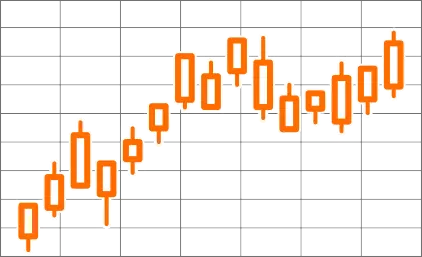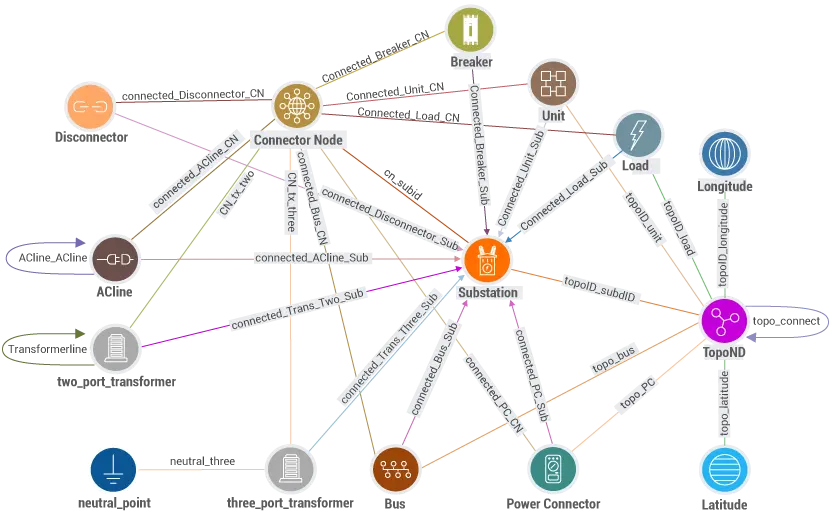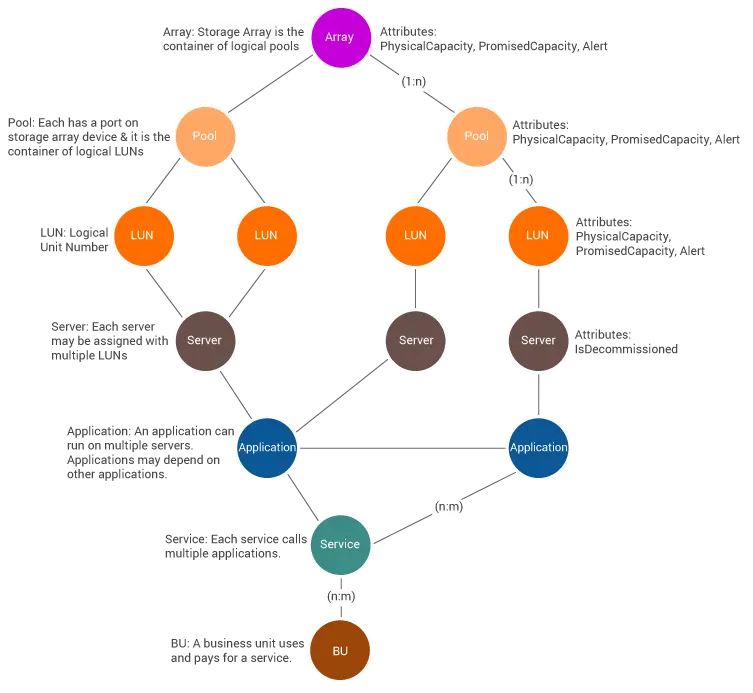Time Series Graph Analysis
Obtain Insights From Temporal Data With Tigergraph

Internet of Things Data Is Deluging Utility Companies
Analysis of the Internet of Things sensor data is expected to grow rapidly, with the number of cellular IoT connections exceeding 3.5 billion by 2023. With 90% of senior executives focusing on IoT rollouts in 2018, worldwide technology spending on IoT is forecasted to exceed $1.2 trillion by 2022. In order to go beyond basic monitoring, all organizations must figure out how to analyze the deluge of sensor and other time series data in a timely manner to gain business benefits from the investment.

Why TigerGraph, a Native Parallel Graph Database for Analysis of Time Series Data?

Uncover Insights From Temporal Analysis of Internet of Things Data
From meter readings to the constant flow of information from smart meters to grid sensors, utility companies are being flooded with the Internet of Things data. Balancing a power grid requires consolidating signals from multiple levels of the power infrastructure and matching demand and supply with complex linear equations, which is deep link analytics taken to the extreme on time series data.
Utility companies can use graph analytics to monitor and analyze power flows, detect bottlenecks, and alert personnel about grid performance issues. Using TigerGraph to process all of their power grid IoT (Internet of Things) sensor data in real-time, operators can respond immediately to sudden spikes in demand or drops in supply, thus reducing operational risk and operating costs while improving reliability, efficiency, and customer experience.
Optimize Resources Using Insights Gained From Internet of Things Data
Virtualization has transformed the business landscape, leading to the pooling of computing, storage, and networking resources. Administrators have the flexibility to share the resources and deploy workloads for multiple applications, services, and business units. Increasingly, data centers are using Internet of Things sensors to monitor the health of each network resource.
The temporal data from hundreds of thousands of sensors is analyzed by TigerGraph in real-time to detect when a resource such as a storage array, server, network switch or router shows the signs of wear, requires maintenance or is nearing its peak capacity. Utility companies can also determine which workloads are affected and how to minimize the impact using TigerGraph.


